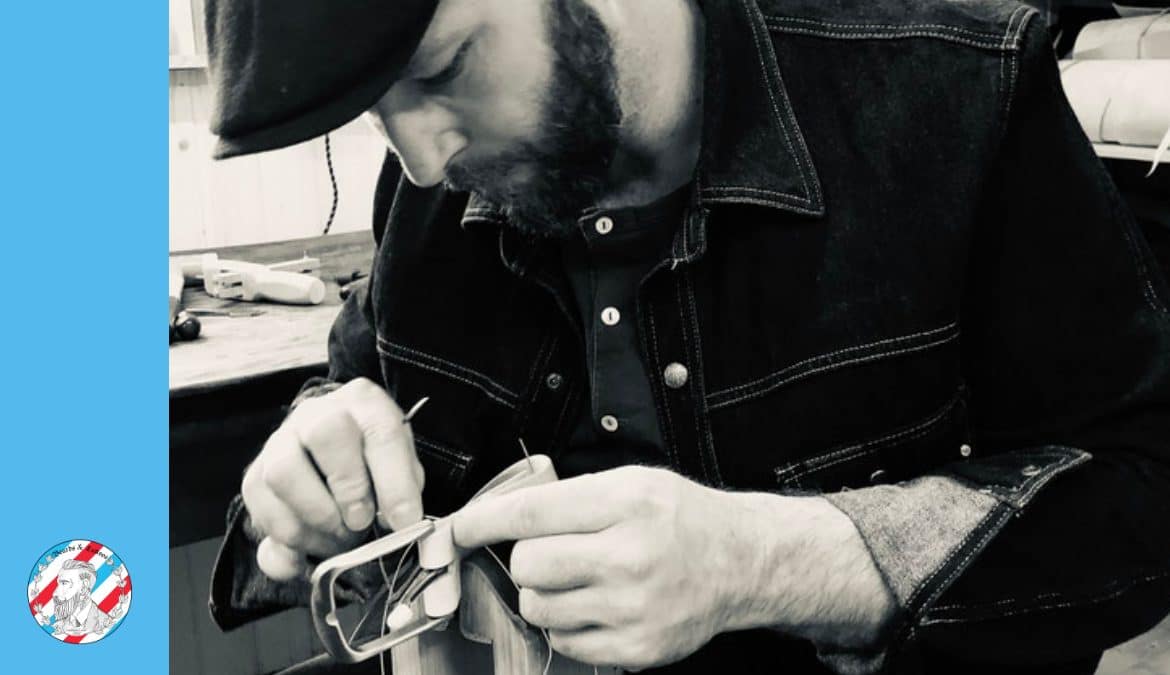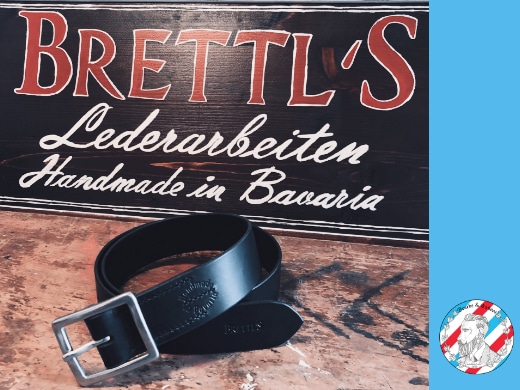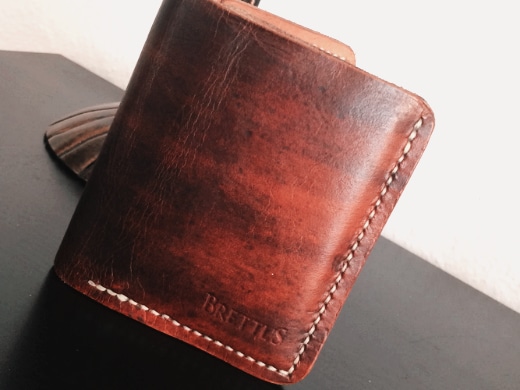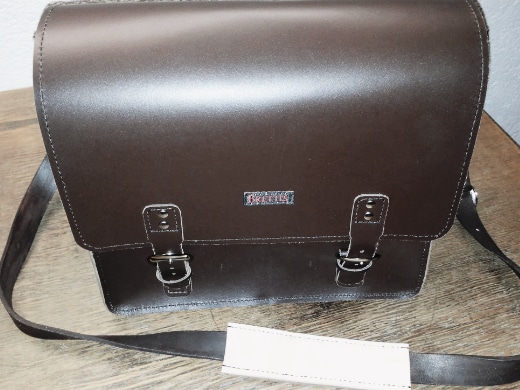
Handmade in Germany!
Handmade in Bavaria Georg (Brettl) Brettmeister
“Nowadays, everything is known for its price, but not for its value!” Oscar Wilde
Hello Georg,
Nice, that it worked with the interview and that you take the time to tell our community about you and your craft! We got to know each other on Instagram. Here you sent me cool pictures from your workshop and that’s how we came into contact. But now more about you. Tell our community how you came across the material ‘leather’.
It all started when I wanted to buy a leather bag. I spent several hours looking for the right leather bag. Either the bag was visually not exactly what I was looking for, or for the poor quality and workmanship, it was simply not worth the price! Without further ado, I thought that if you want something individual, you have to do it yourself. Then I started my first attempt with grandpa’s old shoemaker’s tools and a little leather. In addition, the material “leather” fascinates me so much in itself, because it develops a personality over time, patina. (Patina is the description of the aging process of the leather, which takes place unpredictably and very gently and gives the leather life and character.)
Did you have a handicraft skill at a young age or why did you trust yourself to make your own bag?
During my school days, my teachers discovered, that I have a certain talent for drawing and creativity. I also grew up on a farm, so there was always something to fix.
And how did you teach yourself to work with leather? Has anyone taught you?
I taught myself to work with leather through a number of YouTube videos, non-fiction books and a lot of trying things out, and I taught myself, that it is okay to fail.
Have you fulfilled your dream of your own leather bag?
Yes (laughs), I have fulfilled the dream of my own leather bag. The leather bag can also be admired in my workshop, but unfortunately not for sale. This leather bag has a too high and ideal value for me. It’s my journeyman’s piece. In the meantime it has not only stopped with leather bags. I also use the leather to make purses and belts.
How did you come up with your name “Brettl’s”?
My friends gave me the name as my nickname for my family name ‘Brettmeister’.
Where can you find your workshop?
My workshop is in the Munich area, in Markt Indersdorf, approx. 30 minutes from the center of Munich.
Are you already doing this full-time?
Unfortunately not yet, I am a trained mechatronics technician and work for a well-known beverage manufacturer as an electrical engineer.
When do you find the time to indulge your passion?
After a stressful day at work, there is nothing better for me than to retire to my workshop and work with leather. I can relax and recover.
Where do you get your materials from and what is important to you?
The regional idea is very important to me. That’s why I mostly get my leather from the area. The quality is also really important for me. My tanneries supply me with vegetable-tanned leather. Sometimes a local organic farmer supplies me with raw materials that are tanned regionally. My wish here is that I can completely switch to this “organic leather” in the future. Sure, it’s a bit more expensive, but that way I know, that my leather is not processed with cheap chromium salts, which can be transferred to the human organism through the skin. The belt buckles partially come from the region. Some are handcrafted from sterling silver by a goldsmith from Munich with whom I work. I also pay attention to the quality and robustness. I even make one of my stainless steel clasps by hand. To round off my range, I do also offer stainless steel or brass parts that I have bought. I don’t use nickel-plated or chrome-plated clasps, which get ugly over time.
What is the biggest challenge when working with leather?
Definitely the traditional method of leather processing, that is used to decorate leather items. It is called hallmarking. It doesn’t forgive mistakes! Mending like a piece of fabric is not possible.
What do you enjoy most about your job?
Not being part of the throwaway society. Fast fashion is ugly, especially, since everyone has to be clear where and at what cost everything can be offered so cheaply. Avarice is no longer cool. A rethink must take place here!
Thank you for the interview, we would like to visit you in your workshop! Until then, you are welcome to visit Georg’s homepage at: www.brettls.de.



